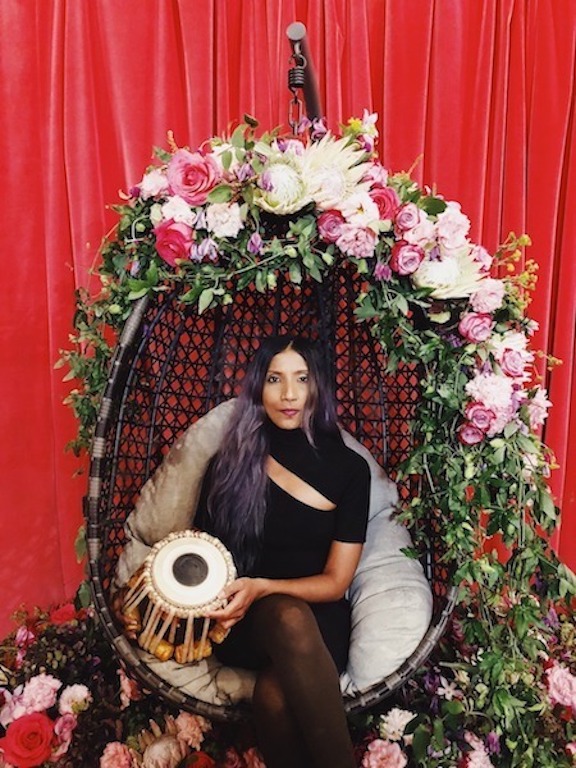BLLOGU’s third playlist “Intersections in Indian Music” has been prepared by instrumentalist Roshni Samlal. This week we will become acquainted with the rhythmic cycles of the tabla, songs from the Bollywood cinema as well as the contemporary interweaving between the cultures of the east and the west.
Roshni Samlal has shared her knowledge and experience on this week’s theme, which you can read at the text below:
“This playlist is one primarily woven with nostalgia and inspiration. Growing up in Trinidad & Tobago in the 1980’s in an Indo-Caribbean household, with a father who was a classical vocalist afforded me a variety of contexts to experience music born out of the South Asian continent. From local all-Bollywood radio stations to Bollywood films on Sundays, I could hear the application of the classical, raga-based music in conversation with orchestral music arrangements, playback singers, India’s interpretation of pop sounds that were traversing the globe, funk, etc. Some of these vintage Bollywood songs are represented in this playlist, along with iconic classical pieces.
A raag is a melodic scale concept which “colors the mind”, set in time-keeping talas or rhythmic cycles, even though the formula, identity and metrics of this concept are universal in South Asian classical music. Each performance reinterprets this identity through improvisation. It is ancient and new at the same time. Another layer of intersection is explored in this playlist through the meeting points of cross-traditional and cross-genre collaborations such as that of Ry Cooder/Vishwa Mohan Bhatt, Shakti, Ravi Shankar/Philip Glass and John Mayer/Joe Harriot, where Indian classical music encounters systems and improvisatory habits of jazz and western classical. Ultimately, this playlist is crucial in birthing the musician in me, forming my affiliation with the currents from many different worlds that taught me raaga, tala songs that I sang and danced along to in childhood, musical conversations that I eavesdropped to in order to learn the language of sound.”
